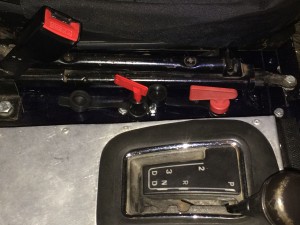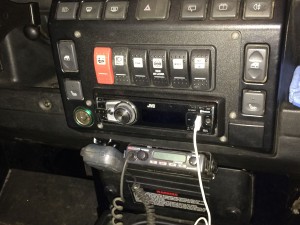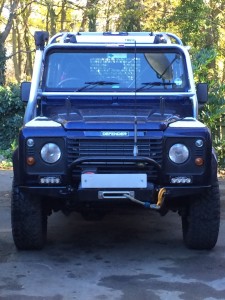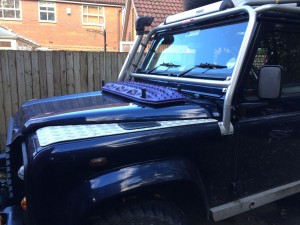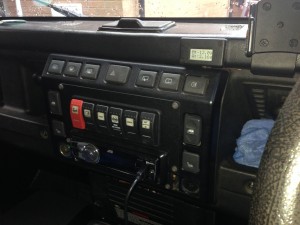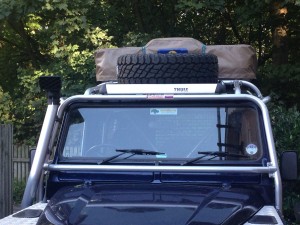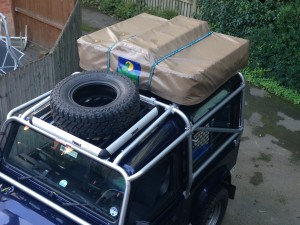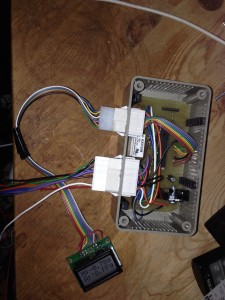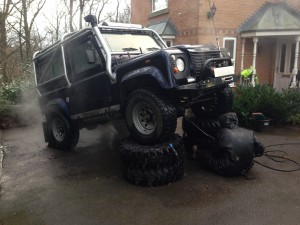 One more week to go before the 90 goes in a container to begin it’s journey to Sydney. A good part of the remaining time is going to be spent cleaning both the Land Rover and everything that is going in it as well as making a manifest and some last minute bits and pieces that we’ll no doubt discover as we start to pack it.
One more week to go before the 90 goes in a container to begin it’s journey to Sydney. A good part of the remaining time is going to be spent cleaning both the Land Rover and everything that is going in it as well as making a manifest and some last minute bits and pieces that we’ll no doubt discover as we start to pack it.
We decided to hire a hot jet wash for a couple of days to clean the underside off. Unfortunately the first one that arrived wouldn’t work and by the time we discovered that on Saturday afternoon the hire place was closed. This meant we had to wait until this afternoon for a working one to arrive but at least the new one seems to be doing the job. To give a bit more room underneath we used the challenge wheels/tyres of my competition Land Rover to drive onto. It’s nowhere near as dirty underneath as mine was last time but then it’s not spent any time sat in a peat bog !
Hopefully this time we’ll get through the quarantine inspection without any issues when we get to Sydney ! (Although I’m not sure I believe ANY vehicle will be clean enough to miss out on spending a few hundred dollars with their cleaning service)

